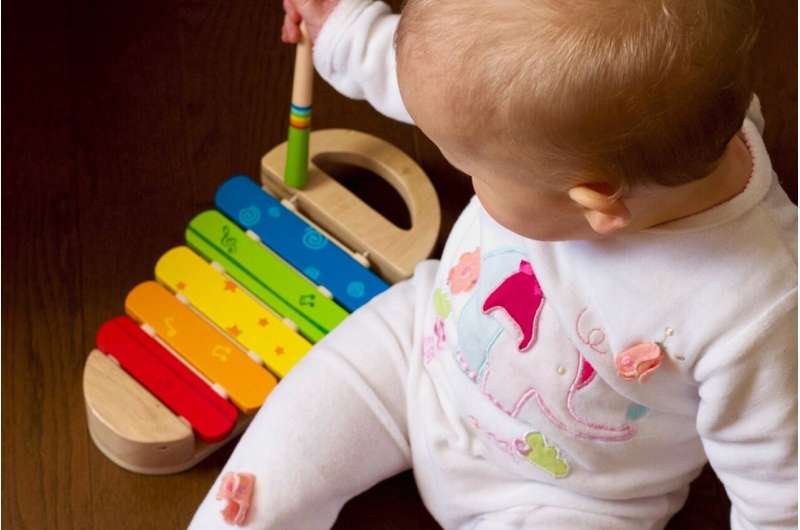
A new study from researchers at the University of Melbourne and Mercy Hospital for Women has found that children born following an induction of labor or planned cesarean section are at no greater risk of being considered developmentally vulnerable when compared with their peers.
Published today in JAMA Pediatrics, the study, co-led by Dr. Roxanne Hastie, Dr. Anthea Lindquist and Professor Stephen Tong, examined data from over 88,000 Victorian children from ages 4 to 6, between 2005 and 2013.
An induction of labor is common, with about 40% of all births in Australia and the US starting this way. Most of them are deliberately timed to birth the baby around 39 weeks’ gestation, a week earlier than full term.
“Our results are really reassuring. Children born following an induction of labor or planned cesarean section at 39 weeks’ gestation have very similar developmental outcomes to those children who were left in the womb until after 39 weeks,” Dr. Hastie said.
They assessed five important health domains that included aspects of social competence, emotional maturity, and communication skills. These assessments go beyond a child’s ability to read and write.
“We chose not to focus solely on educational performance; but rather, considered a more wholistic approach and offer crucial insight into a child’s development,” Dr. Lindquist said.
Labor, induced or not, ends in a few ways, either a spontaneous vaginal birth, a forceps or vacuum-assisted birth, or cesarean section. To provide a more complete picture of what impact the decisions made within the birth suite have on childhood outcomes the team also assessed the same childhood outcomes according how the baby was birthed.
“It was also comforting to find that it didn’t matter whether you birthed without any assistance or via the assistance of forceps, vacuum or cesarean section, childhood development at school entry was the same,” Dr. Lindquist said.
Source: Read Full Article
